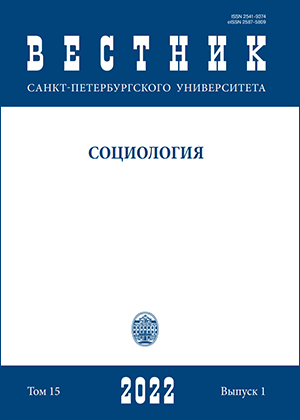Transnational online education and digital inequality: Issues of pedagogical design
DOI:
https://doi.org/10.21638/spbu12.2022.105Abstract
Digitalization of education is commonly seen as a process that contributes to societal progress rather than as a factor that gives rise to the digital divide in society. This paper therefore considers how the digital divide can impact students and their learning in transnational online education which has been in greater demand since the onset of the pandemic. Methodologically, the paper draws on the digital inequality stack model showing how each level of the stack — physical access to information and communication technologies; digital skills and competency; purposes and motivations for technology use — can influence learning experiences in distance online education. This paper contributes to the literature on digital inequalities in higher education in the following three ways: by further articulating the levels and aspects of digital inequalities in the context of online learning; by demonstrating how pedagogical design can contribute to redressing some of the challenges experienced by students as a result of digital inequalities; and by offering a practical model of pedagogical design in the form of a checklist that helps identify and mitigate the effects of digital inequalities on online learning. The paper also makes some critical remarks about the concept of the digital divide that are relevant to the development and implementation of online programs and courses. This paper may be of interest to education providers planning to participate in transnational online education.
Keywords:
digital divide, digital inequality stack model, transnational education, distance education, online learning, pedagogical design
Downloads
References
*Meta признана экстремистской организацией в РФ.
Downloads
Published
How to Cite
Issue
Section
License
Articles of "Vestnik of Saint Petersburg University. Sociology" are open access distributed under the terms of the License Agreement with Saint Petersburg State University, which permits to the authors unrestricted distribution and self-archiving free of charge.




